Washington D.C. is perhaps the pre-eminent international soccer city in America, drawing the highest World Cup ratings in the U.S. in 2014. So even without the U.S. Men’s National Team this summer, there are plenty of soccer celebrations going on in and around the District for nations that are competing. This is the third installment of World Cup Watch, a series featuring those celebrations.
WASHINGTON — One of the darlings of this summer’s World Cup will be Iceland, the increasingly popular travel destination, home to fewer than 350,000 people, which stormed through the Euros in 2016 en route to their first-ever World Cup qualification. But there’s another first-time team in this year’s tournament, a country that took advantage of the United States’ own failure to qualify: Panama.
That qualification process took place on the television in the dining room at Esencias Panameñas, in an unassuming storefront on Georgia Avenue in Park View. A stunning, 2-1 upset over Costa Rica, coupled with the U.S. loss to Trinidad and Tobago, helped put Panama into the field of 32.
“I showed a lot of the games here beforehand, and we had a lot of the people here screaming and shouting,” said owner and head chef Yadira Stamp. “At one point, we didn’t think we were going to make it, and then that last game was just it.”
According to the 2010 census, the Washington metro area is home to the third-largest concentration of Panamanians in the United States, trailing only New York and Miami. But that number is still pretty small — just over 7,300 in the D.C. metro area, and just 165,000 nationwide.
So while there used to be Panamanian restaurants dotted around the country, including a few in the D.C. area, they’ve slowly disappeared or merged with other, more recognizable cuisines. To Stamp’s knowledge, Esencias Panameñas is now one of just two remaining purely Panamanian restaurants in the entire country.
“We have a vast gastronomy that I wanted to bring awareness to,” she said. “The best way to describe it is we’re kind of a melting pot.”
That mix includes corn-based foods from the Native Indians, things such as rice, olives, and capers from the Spaniards, spices and peppers from the Afro-colonials descended from slaves, and the root vegetables of the Caribbean islanders that the French brought to build the canal.
It all manifests in dishes such as carimañolas — elongated footballs of yucca, boiled, ground, made into a dough and fried, stuffed with chicken, cheese, or in this case, spiced ground beef, served with a tamarind dipping sauce.
“We don’t have sauces at home,” said Stamp.” But here I learned quickly that in America you pretty much have to have a sauce for everything.”
Her ceviche also has a couple of twists to it. She uses a hearty white fish called corvina, similar to a black sea bass. It’s one of the few items she is willing to pay the hefty import tax to bring in, ensuring authenticity. The fish is marinated with scotch bonnet peppers, red and white onions, and sweet chili peppers, served in patacones — known in other cultures as tostones — smashed, fried plantain cups.

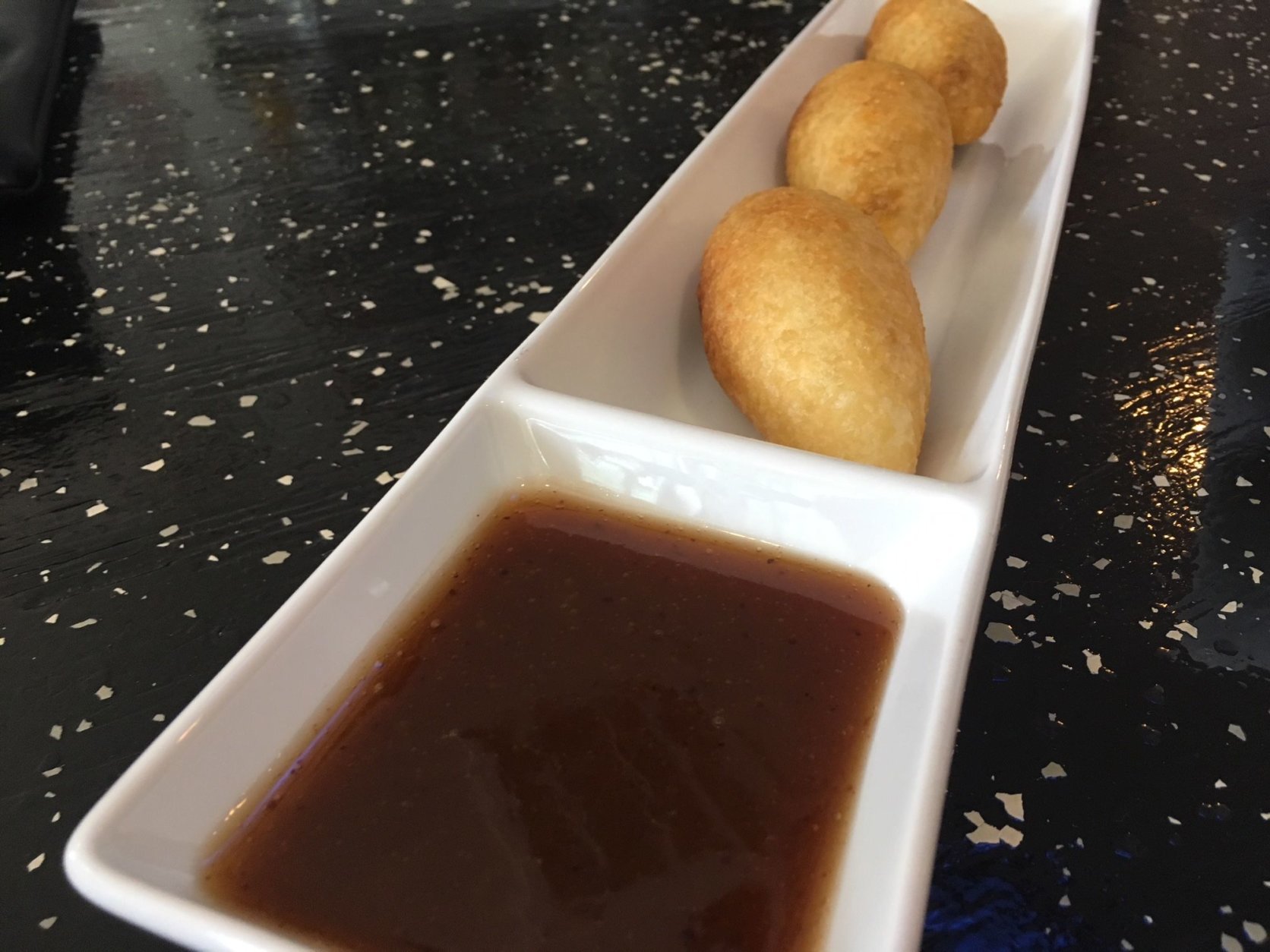
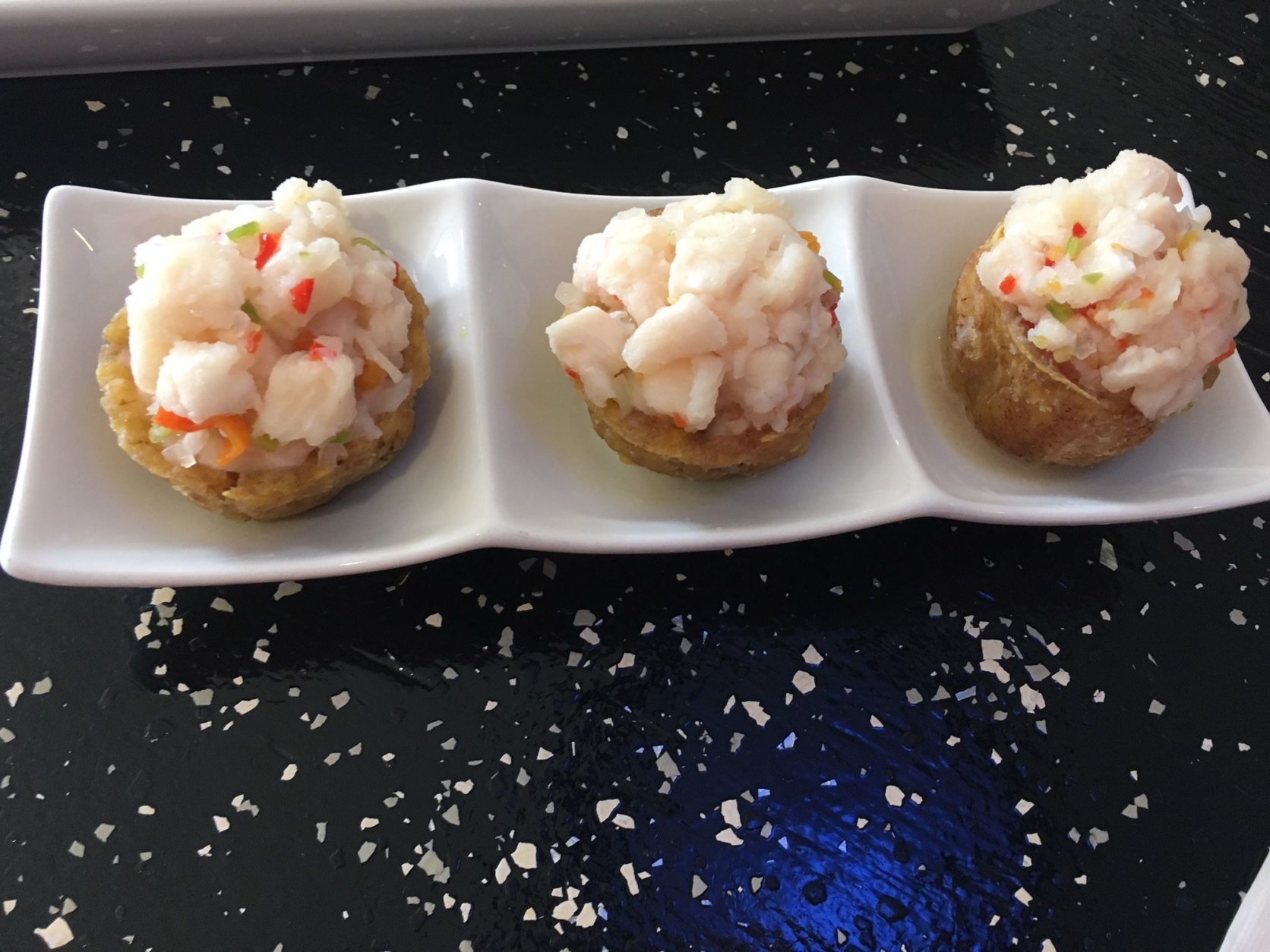
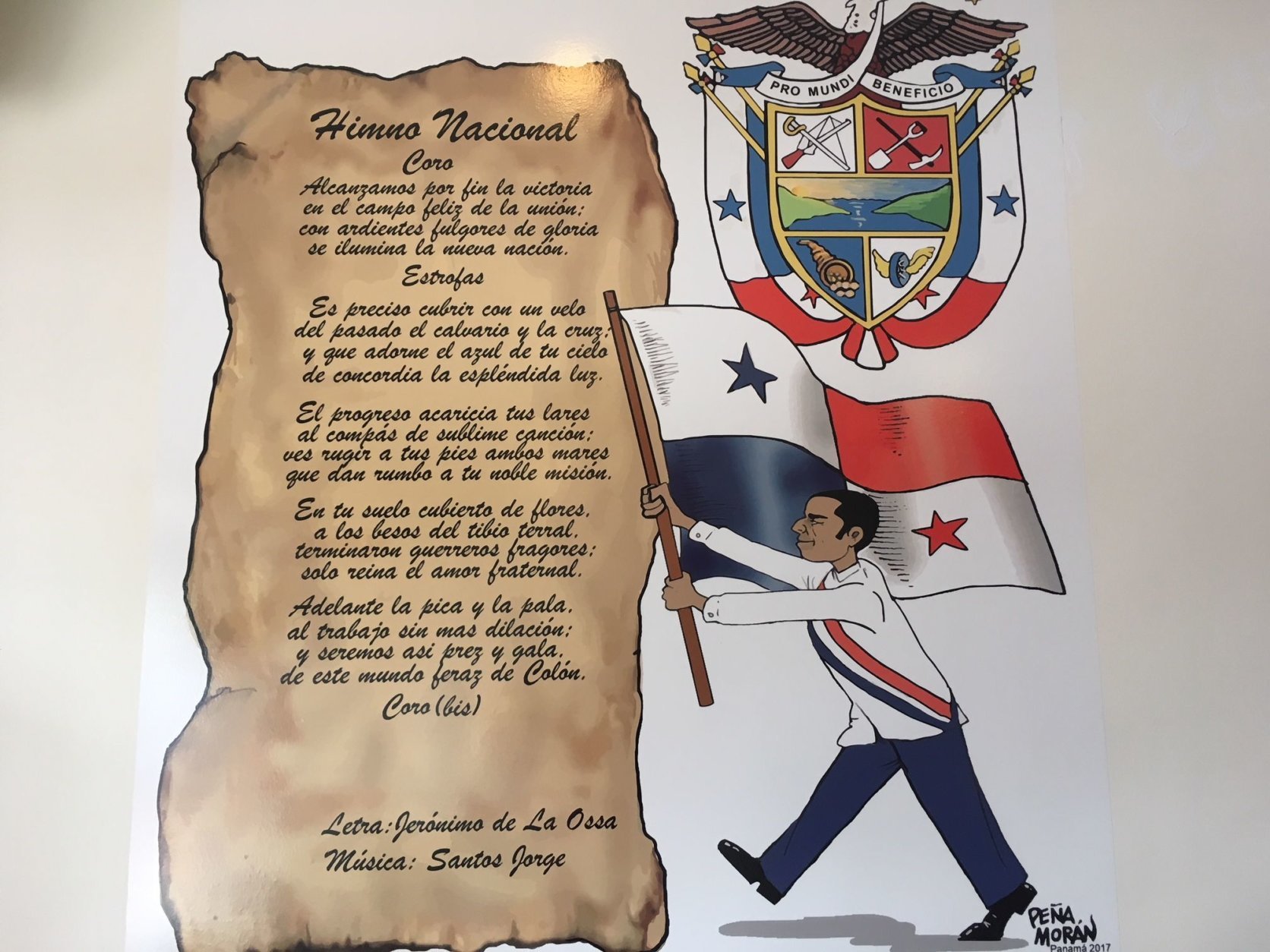
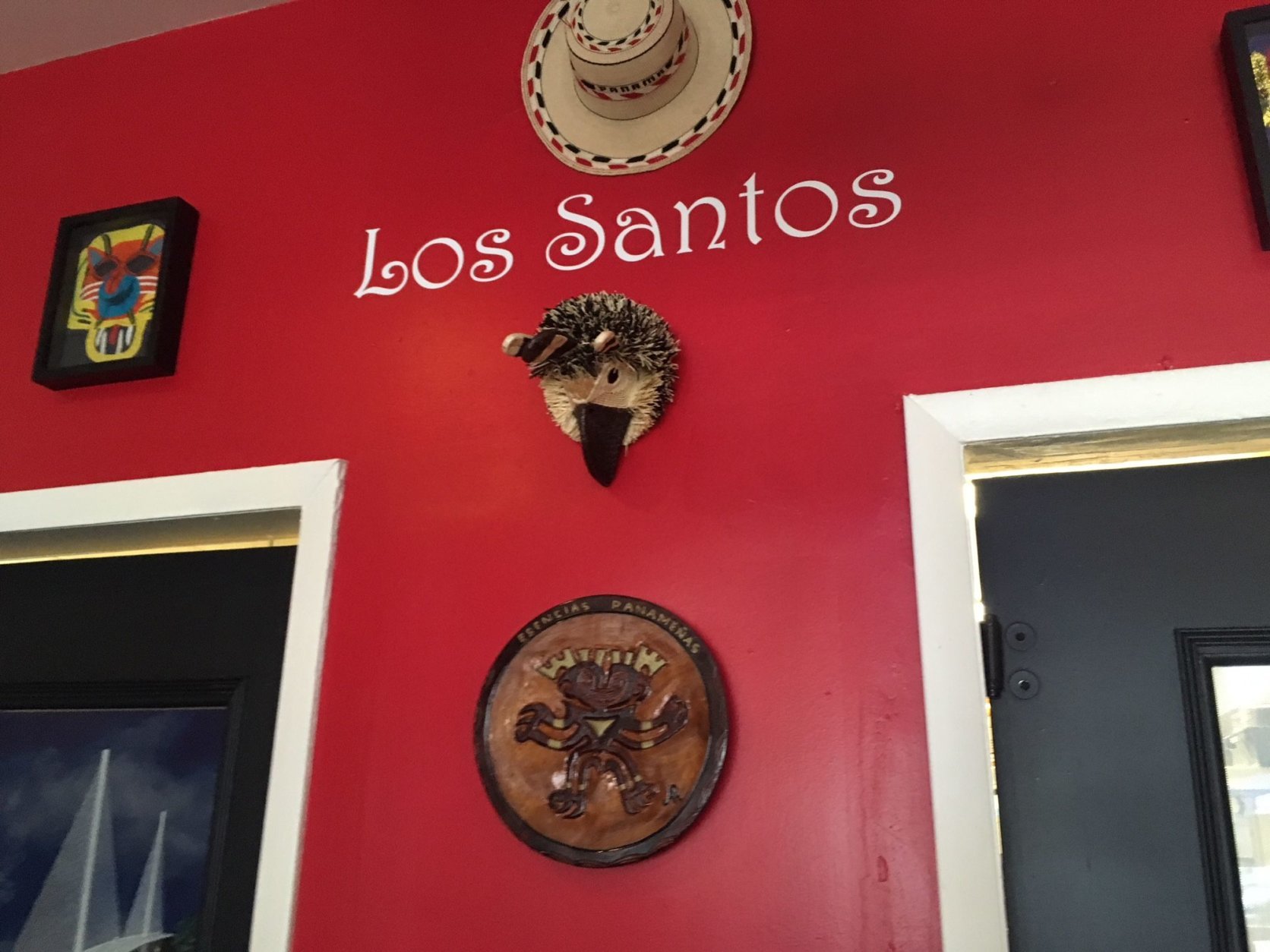
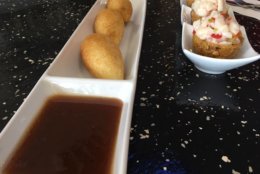
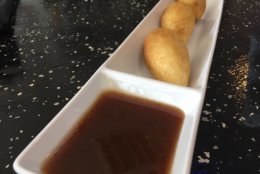
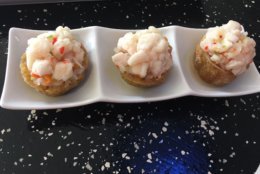
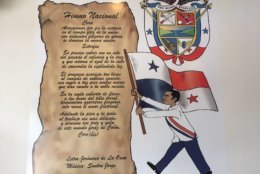
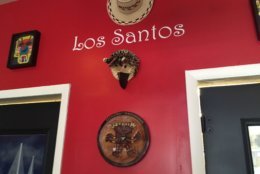
Specialties like those have led the restaurant to being named Best of D.C. in the Latin American restaurant category each of the last two years, providing some validation.
“That really helped me validate that sticking to the authenticity of Panamanian food is the right way to go,” said Stamp. “All of the other countries, for the most part, people know about their foods, and nobody knows about ours. So I just want to stay true to what we have.”
But that was not always the plan for Stamp. She came to the U.S. more than three decades ago to study at The George Washington University, from where she graduated with an engineering degree and a double minor in computer science and robotics.
“My first dream was to become an astronaut,” she said.
Sure enough, she went on to work for NASA, then for private firms, for 32 years in all. It wasn’t until after all that, as a second career, that she decided to go back to culinary school and complete her 14-week externship back in Panama, bringing the tastes of her childhood to America.
“My mom was a caterer in Panama, so at least I had that food background in my life from when I was very small,” said Stamp.
As an authentic place for Panamanians to gather for cultural events, it was only fitting that Esencias Panameñas will be a hub for the World Cup, as well.
“Every holiday that is celebrated in Panama, we do recognize it one way or another here,” said Stamp.
That means lunch specials running until 3 p.m. for the first game against Belgium which kicks off Monday, June 18 at 11 a.m.
For the 8 a.m. game on Sunday, June 24, she’ll serve Panamanian breakfast from 7 a.m. to 3 p.m.
And for the 2 p.m. game Thursday, June 28, there will be an early start to happy hour, running from 2-7 p.m.
For more information, visit esenciaspanamenas.com.







